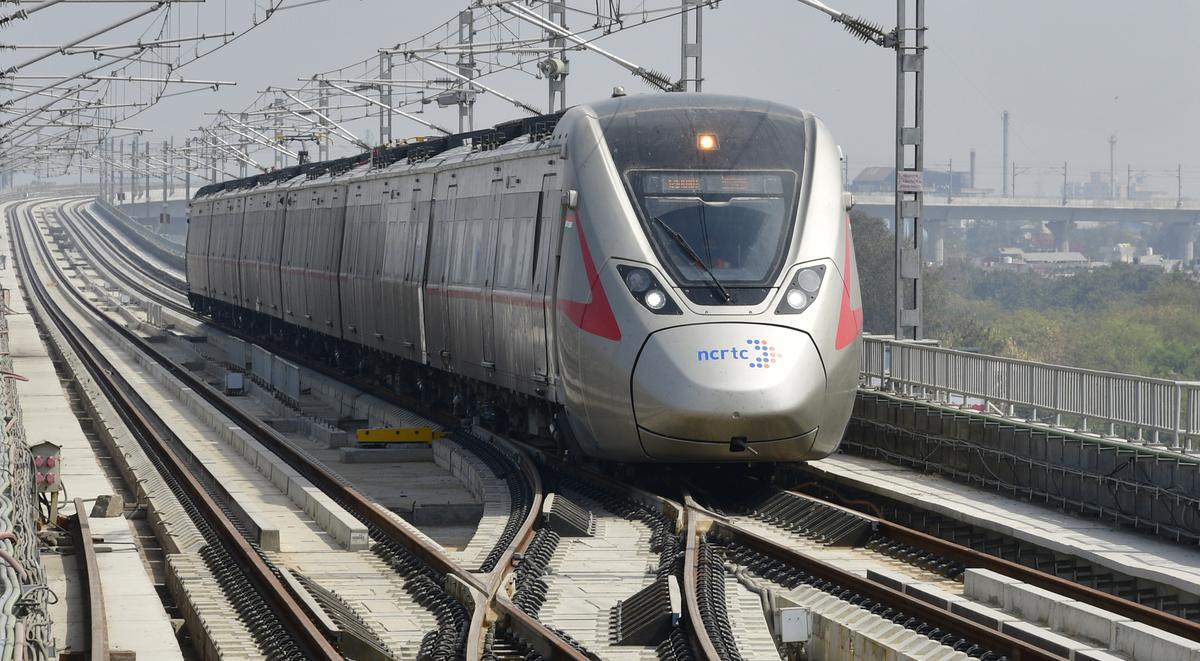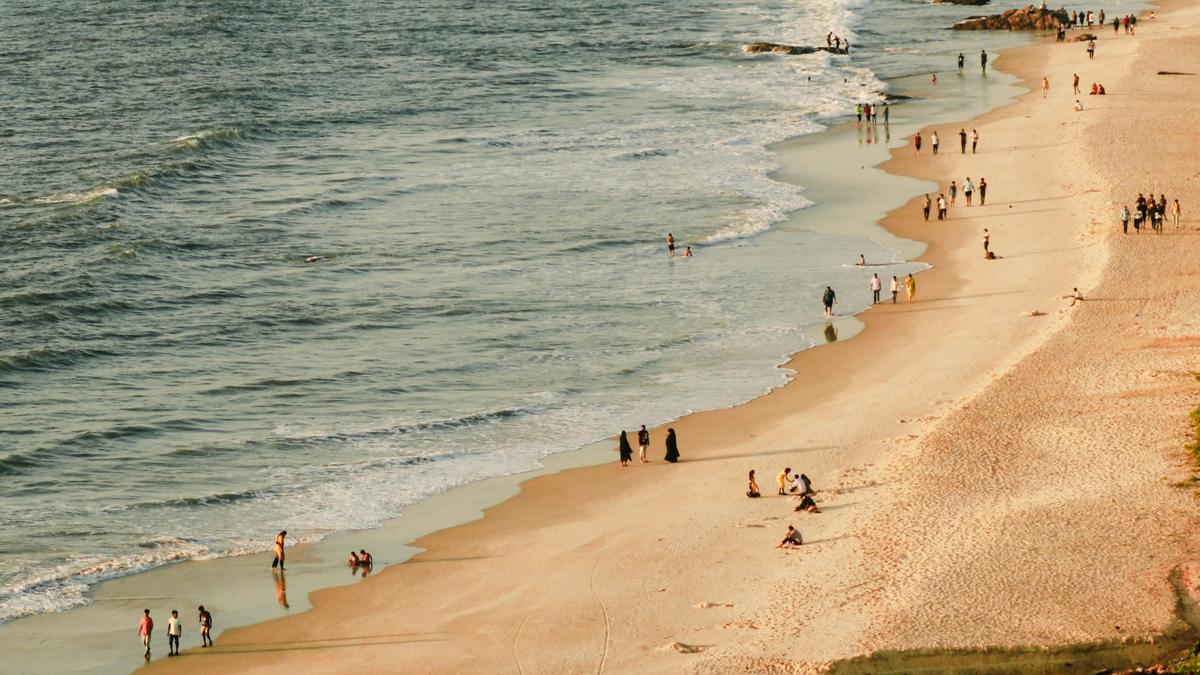- Courses
- GS Full Course 1 Year
- GS Full Course 2 Year
- GS Full Course 3 Year
- GS Full Course Till Selection
- Online Program
- GS Recorded Course
- NCERT (Recorded 500+ Hours)
- Polity Recorded Course
- Geography Recorded Course
- Economy Recorded Course
- AMAC Recorded Course
- Modern India, Post Independence & World History
- Environment Recoded Course
- Governance Recoded Course
- Science & Tech. Recoded Course
- International Relations and Internal Security Recorded Course
- Disaster Management Module Course
- Ethics Recoded Course
- Essay Recoded Course
- Current Affairs Recoded Course
- CSAT
- 5 LAYERED ARJUNA Mentorship
- Public Administration Optional
- ABOUT US
- OUR TOPPERS
- TEST SERIES
- FREE STUDY MATERIAL
- VIDEOS
- CONTACT US
PLACES IN NEWS 7th APRIL 2025
PLACES IN NEWS 7th APRIL 2025
07-04-2025

Cauvery Wildlife Sanctuary
Why in news?
- A bear died in Cauvery Wildlife Sanctuary after unknowingly consuming an explosive bait meant for hunting wild animals illegally.
About Cauvery Wildlife Sanctuary:
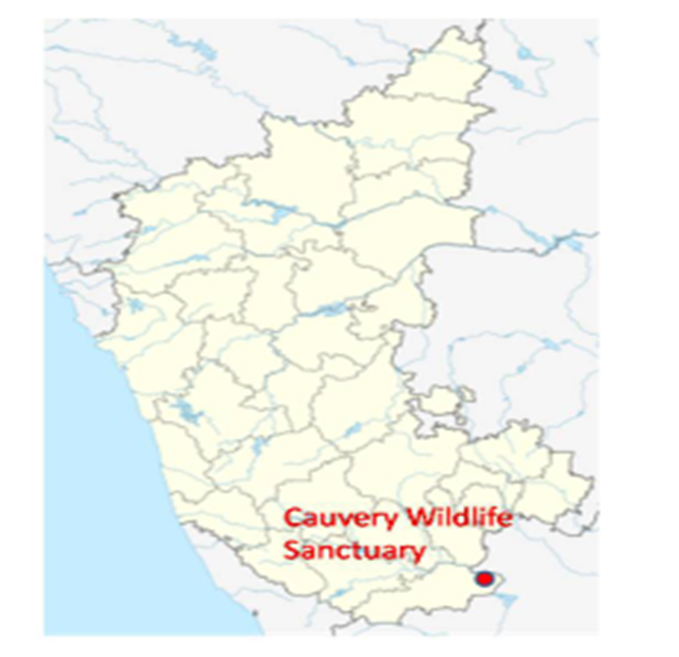
- Location and Geography:
- Cauvery Wildlife Sanctuary is located in the Chamarajanagar and Ramanagara districts of Karnataka, India.
- It was established in 1987 and spans an area of 1,027 square kilometres.
- The Cauvery River flows through the sanctuary, forming its ecological backbone and supporting rich biodiversity.
- On its eastern side, it shares boundaries with the Dharmapuri forest division of Tamil Nadu, enhancing its ecological connectivity.
- The central and eastern regions are densely forested, offering rich habitats for a range of species.
- The sanctuary also houses places of cultural and tourist interest, such as Hogenakkal Falls, Mekedatu, Sangam, and Muthathi.
- Flora and Fauna:
- The sanctuary is predominantly covered with South Indian Dry Deciduous Forests, typical of semi-arid regions of southern India.
- These forests comprise teak, Terminalia, Chloroxylon, and other drought-resistant species, playing a vital role in soil and water conservation.
- It is home to a wide variety of mammals, including the Asian elephant, leopard, dhole (wild dog), wild boar, spotted deer, barking deer, four-horned antelope, chevrotain, common langur, bonnet macaque, Malabar giant squirrel, honey badger, and grizzled giant squirrel.
- The Cauvery River hosts aquatic life such as the mugger crocodile, Indian mud turtles, various snake species, and the rare mahseer fish, known for its size and strength.
- The smooth-coated otter is also found here, highlighting the river’s ecological richness.
- Issue of Illegal Hunting:
- The region faces increasing threats from illegal hunting and poaching, especially targeting large mammals and aquatic species like the mahseer.
- Instances like the recent death of a bear due to an explosive-laced bait underline the urgency of the problem.
- Such activities not only threaten wildlife but also disturb the ecological balance of the sanctuary.
- Government Legislation and Key Provisions:
- The primary legal framework protecting wildlife in this region is the Wildlife (Protection) Act, 1972.
- Under this Act:
- Hunting of any wild animal listed in Schedules I and Schedules II is prohibited. (as per 2022 Amendment)
- It also criminalises hunting and prescribes punishments up to 7 years imprisonment and fines.
- the act also empowers forest officers and the police to search, seize, and arrest without a warrant in wildlife-related offences.
- The government also promotes community awareness and anti-poaching patrols to strengthen protection on the ground.
Mukundra Tiger Reserve
Why in news?
-
-
- A major fire broke out in Mukundra Tiger Reserve due to sparks from stone-crushing activity.
-
About Mukundra Tiger Reserve:
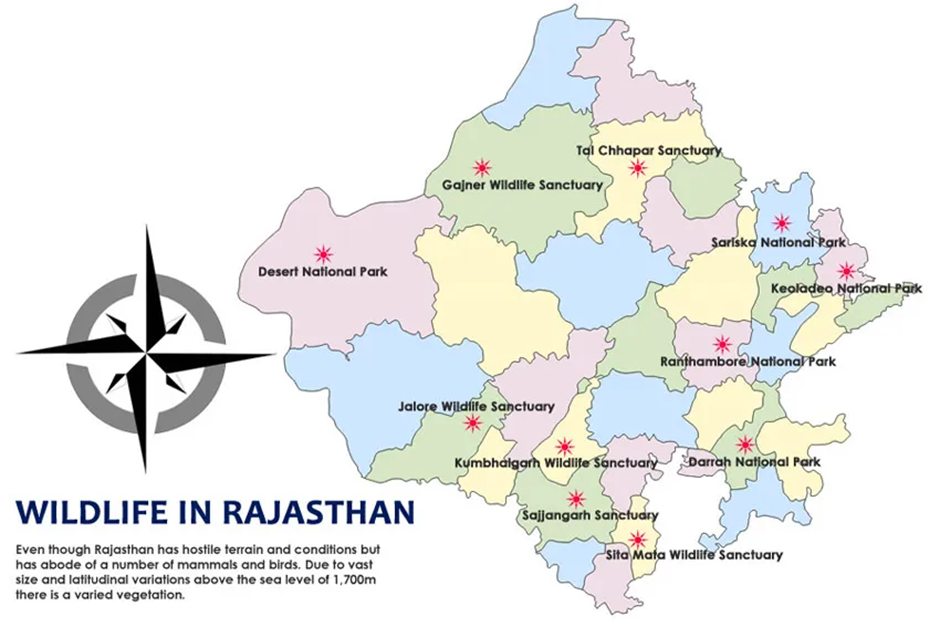
- Location and Geography:
-
- Mukundra Tiger Reserve is located in southeastern Rajasthan, near Kota city.
- The reserve was notified in 2013 and includes Mukundra National Park, Dara Sanctuary, Jawahar Sagar Sanctuary, and part of Chambal Sanctuary, forming its core critical tiger habitat.
- It is named after the Mukundra Hills, which consist of two flat-topped, parallel ridges with narrow valleys in between, forming part of the Vindhyan range.
- The hill range extends from the Chambal River to the Kalisindh River, covering a length of nearly 80 km and a width ranging from 2 to 5 km.
- Historically, the region served as a royal hunting ground for the Maharaja of Kota, adding cultural significance to the reserve.
- The reserve is traversed by four rivers—Chambal, Kali, Ahu, and Ramzan—which sustain its diverse ecosystems.
- Flora and Fauna:
- The landscape is dominated by dry deciduous forests, characteristic of Rajasthan’s semi-arid terrain.
- The predominant tree species is Anogeissus pendula (locally known as Kala Dhok or Kaladhi), accompanied by Khair, Ber, Kakan, and Raunj.
- The reserve hosts rich fauna, including leopard, sloth bear, nilgai, chinkara, spotted deer, small Indian civet, toddy cat, jackal, hyena, jungle cat, and common langur.
- The combination of hilly terrain, riverine networks, and diverse vegetation makes Mukundra a vital refuge for central Indian wildlife.
-
Ream Naval Base
Why in news?
-
-
- Located near Sihanoukville, Cambodia’s Ream Naval Base has drawn global focus over expansion and alleged Chinese military presence.
-
About Ream Naval Base:
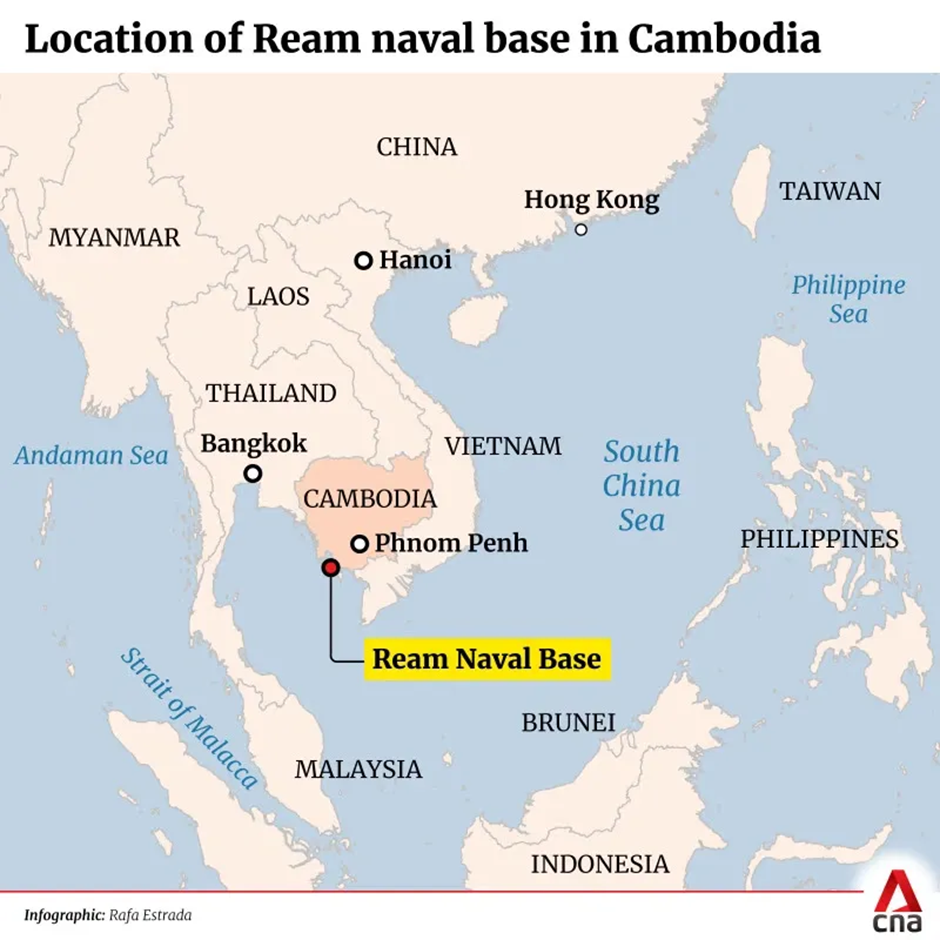
- Location and Expansion:
-
- The Ream Naval Base is located on Cambodia’s Gulf of Thailand coast, near Sihanoukville.
- On April 5, 2025, Cambodian Prime Minister Hun Manet officially inaugurated the expanded base, with substantial financial and technical support from China.
- While Cambodian authorities assert that the expansion serves national defence needs, there are rising concerns about a potential Chinese military footprint at the facility.
-
- Strategic Importance:
-
- The base holds immense geostrategic value due to its proximity to the Malacca Strait, a key global chokepoint for maritime trade and energy supplies.
- China’s involvement in the development of Ream has intensified fears of Beijing seeking to establish a permanent strategic foothold in the Indo-Pacific.
- Such a presence could threaten regional maritime stability and strengthen China’s influence in the South China Sea, impacting the interests of regional powers including India.
-
- Issues for India and Regional Security:
-
- For India, the growing Chinese role at Ream raises strategic red flags, particularly due to its proximity to vital sea lanes used by the Indian Navy for trade and defence.
- If the People’s Liberation Army Navy (PLAN) gains access to the base, it could pose a threat of encirclement and complicate India’s maritime operations in regional conflicts.
- Satellite imagery has reportedly revealed Chinese warships at the base, adding to global concerns about the site evolving into a Chinese naval outpost.
- India may need to bolster its naval assets in the Andaman and Nicobar Islands to monitor and counter increasing Chinese activities in the Bay of Bengal and Indian Ocean Region.
-
Saryu River
Why in news?
- On Ram Navami, numerous devotees gather at Ayodhya’s Ram temple, taking a sacred dip in the Saryu River.
About Saryu River:
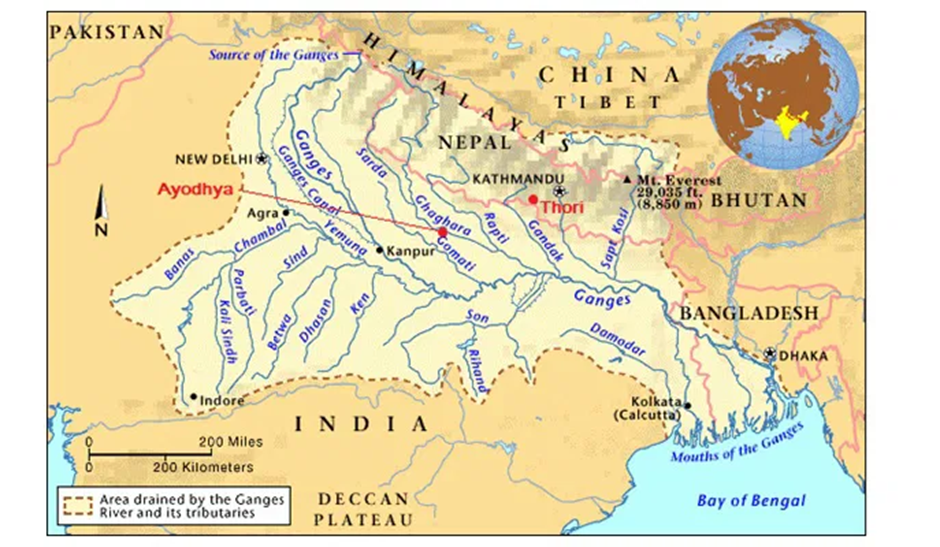
- Origin and Course:
-
- The Saryu River, also known as Sarju or Sarayu, flows through the Indian states of Uttarakhand and Uttar Pradesh.
- It originates from Sarmul (or Sarmool), located in the northernmost part of Bageshwar district, Uttarakhand, on the southern slopes of the Nanda Kot ridge in the Kumaon Himalayas.
- From its origin, the river flows through several hill towns, including Kapkot, Bageshwar, and Seraghat, before merging with the Sharada River (Kali River) at Pancheshwar, near the India-Nepal border.
- The Sharada then flows into the Ghaghara River in Sitapur district, Uttar Pradesh. In its lower course, especially while passing through Ayodhya, the Ghaghara is commonly referred to as the Saryu.
- The river spans a length of approximately 350 to 400 kilometres, acting as a crucial water body across both Himalayan and Gangetic regions.
-
- Cultural Significance:
-
- The Saryu River holds immense cultural and religious importance in Hinduism, with references in ancient scriptures like the Vedas and the Ramayana.
- The city of Ayodhya, situated on its banks, is regarded as the birthplace of Lord Rama, making the river sacred for millions of devotees.
- On festivals such as Ram Navami, devotees gather in large numbers to take a holy dip in the river, believing it purifies the soul and brings spiritual merit.
- The river also forms a vital part of regional rituals, fairs, and pilgrimages, reinforcing its role as both a spiritual symbol and a lifeline for the communities along its course.
-
Dwarkadhish Temple
Why in news?
- A group of 300 Indian-origin Pakistani citizens from Sindh recently visited Gujarat’s Dwarkadhish Temple in Devbhumi Dwarka and offered prayers with devotion.
About Dwarkadhish Temple:
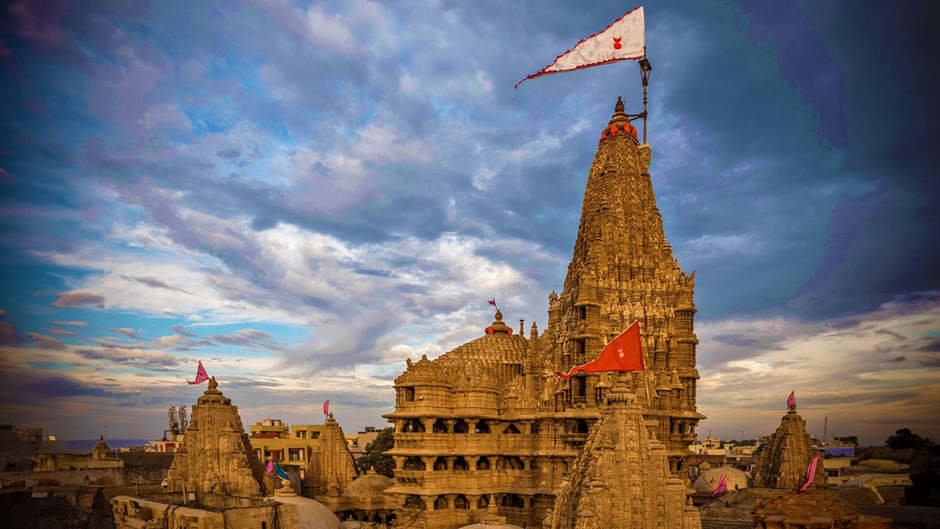
- Location and Geography:
-
- The Dwarkadhish Temple, also known as Jagat Mandir, is located in Dwarka, a coastal city in the Devbhumi Dwarka district of Gujarat, India.
- It is situated on the Gomti River’s banks, overlooking the Arabian Sea, adding to its spiritual and scenic appeal.
-
- Historical and Cultural Significance:
- Dedicated to Lord Krishna, worshipped here as Dwarkadhish or the "King of Dwarka", the temple is one of the four sacred pilgrimage sites of the Char Dham Yatra, along with Badrinath, Rameshwaram, and Puri.
- According to legend, it was originally constructed around 200 BCE by Vajranabha, the great-grandson of Lord Krishna, over Krishna's original residence, known as Hari-Griha.
- The present five-storeyed temple structure, standing on 72 intricately carved limestone pillars, was expanded in the 16th century and showcases the Chalukya style of architecture.
- The temple’s walls are adorned with carvings of mythical tales and divine legends, making it not only a place of worship but also of heritage.
- It follows the Pushtimarg tradition founded by Vallabhacharya, emphasising devotional worship (bhakti) and grace of Krishna. The temple is managed by Vallabhacharya's descendants, known as the Vallabha Kul.
- Dwarkadhish is also one of the 108 Divya Desams, sacred shrines of Lord Vishnu, and is praised in hymns by four Alwar saints—Nammalwar, Thirumangai Alwar, Thirumalisai Alwar, and Periyalwar.
- The temple has been venerated by saints such as Adi Shankara, Ramanuja, Madhvacharya, and Narsinh Mehta, adding to its spiritual legacy.
|
Also Read |
|
| FREE NIOS Books | |


